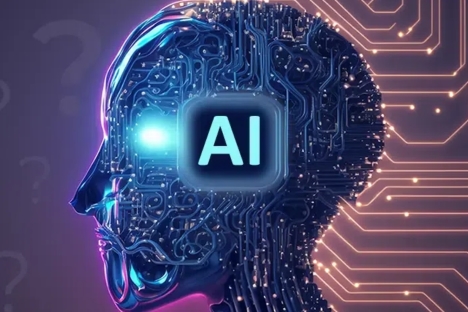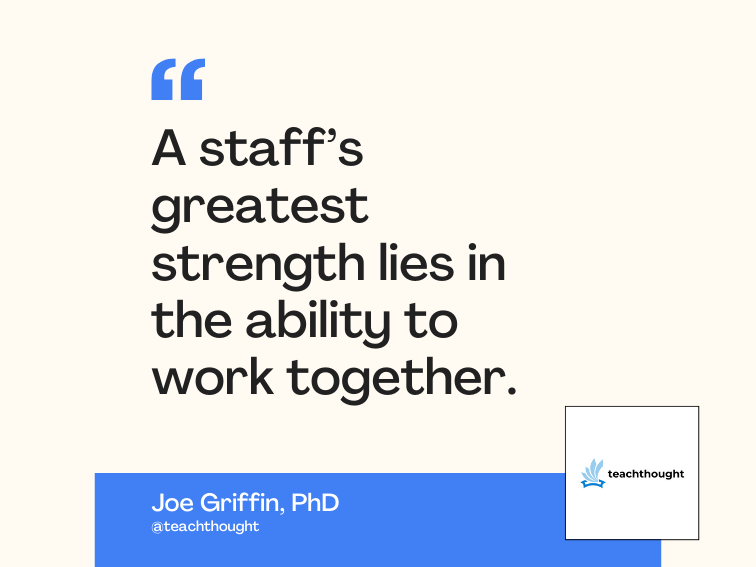VisualAge makes developing Java apps easy
Get the scoop on version 3.5 of IBM’s VisualAge for Java, Enterprise Edition.
Unless your are doing business at the bottom of the ocean, chances are extremely good that your company is or will be doing some form of Java development in the near future. With that realization comes the fact that standardizing on a development tool is essential for not only establishing and maintaining team synergy but for keeping productivity high as well.
TEXTBOX:
TEXTBOX_HEAD: The Bottom Line
VisualAge for Java, Enterprise Edition, Version 3.5
Business Case
IBM’s latest version of VisualAge takes a lot of the sting out of standardizing on a development platform. The tool’s industry acceptance and ease of use make it worth looking at for any company writing Java code.
Technology Case
Developers should find VisualAge for Java a huge boon once they get used to it, thanks largely to the numerous wizards and integration with several top development tools that you’re probably already using.
Pros
- Excellent integration with Rational Rose
- Wizards to ease many tasks
- Well-written and comprehensive documentation
- Great ready-to-run samples
Cons
- Huge appetite for system resources
Cost
,999 per developer
Platforms
Windows 98/2000, Windows NT 4.0, AS/400
IBM; Armonk, N.Y.; (800)426-3333
:END_TEXTBOX
Picking the right tool can be one of the hardest steps in the development process, especially considering the abundance of choices available in the marketplace. Fortunately, IBM and its latest VisualAge for Java, Enterprise Edition, version 3.5 made the choice a little easier.
Whether you are new to Java or not, one thing that’s certain is VisualAge for Java is a stellar environment for development. In addition to its easy-to-use interfaces, numerous wizards, and proven industry acceptance, Version 3.5 also comes replete with prebuilt integrated application scenarios (samples), allowing developers to easily and rapidly modify, build, test, and publish to IBM’s WebSphere application server platform — making getting started that much easier.
After using VisualAge for Java, it was clear to us that this product would help reduce the cost and effort associated with building and maintaining Java applications to such a degree that it deserved our highest score of Excellent. Although this release offers fewer new features and functionality than previous releases have, what has been added is definitely worth a long look. Starting the list is the new XMI Toolkit.
Lover of Rose
Although designed specifically for those who use Rational Rose as their primary modeling tool, the XMI Toolkit enables seamless round-trip capabilities for generating VisualAge for Java code from Rose models and vice versa. Doing so facilitates and encourages good iterative development practices, thereby helping developers rapidly understand and transform business models from the conceptual to the concrete. For the CIO, this translates not only to faster time to market, but better use of resources and an adherence to a proven development process.
In the past, numerous complexities have often discouraged people from making better use of XML — an issue IBM has addressed with this release. First, IBM has added an XML generator that provides users with the ability to edit a DTD (Document Type Definition) and generate sample XML output. Its purpose is to define the legal building blocks (or elements, if you prefer) of an XML document. The DTDs can be either declared inline in an XML document or obtained from an external reference, such as another document. A good example might take the form of XML elements, such as the fields that make up a note. Each field would need to be referenced, validated, and exercised. With that said, you can imagine what the outcome would be if the DTD were wrong or, worse yet, were formatted incorrectly.
IBM has also added a high-performance modular XML parser written exclusively in Java. The provides users with all the classes necessary for parsing, generating, manipulating, and validating XML documents and also makes it relatively easy to give virtually any application the capability of reading and writing data that previously collected dust in Legacy Land.
In with the old and the new
Another big advantage of switching to VisualAge is that it doesn’t necessarily mean you have to lose current investments in other development tools. Many companies have already established source-code management systems, such as Platinum’s CCC/Harvest or Microsoft’s Source Safe, and we are happy to report that this version of VisualAge for Java offers you a choice as to whether or not to keep those systems in place.
Those who choose to use IBM’s code management environment will be rewarded with a robust, scalable team environment that allows multiple developers to work in multiple releases of multiple projects simultaneously. Powerful merge capabilities are also included, allowing developers to migrate code changes into a common supported base. The savings in both time and cost from such features makes settling on VisualAge an easy, if not obvious choice.
Furthermore, we found this latest release also boasts substantially improved interoperability with other tools, such as Rational Software’s Rose and IBM’s own WebSphere Studio, ensuring that current investments in tools and skills can be maintained.
Also shipped with VisualAge is IBM’s source management system, called TeamServer, and the Distributed Debugger, which is geared toward enabling the remote execution and troubleshooting capabilities on distributed systems.
A fully functional version of the IBM WebSphere application server, which runs entirely within the IDE (integrated development environment) has also been included, making testing and debugging applications for this environment much simpler. Users should note that a minimum of 256 MB of memory is recommended if you plan on running both the IDE and WebSphere.
And, from the important but often-overlooked realm of documentation, IBM has again set the standard by offering comprehensive and well-written documentation in both online and printable PDF formats.
Lastly, we were unable to test the connectivity to legacy backend systems, but IBM touts this release as being capable of quickly transforming existing applications into e-business applications through advanced connectivity to backend databases, applications, and transaction servers, thereby offering businesses a competitive edge.
In short, we felt IBM’s VisualAge for Java, Enterprise Edition, version 3.5 again proved its prowess, earning it a score of Excellent. Not only did it show its capabilities for increasing productivity via the intuitive interface and excellent use of wizards, it also boasted incredible integration opportunities with both IBM and non-IBM software titles.
With that said, companies already under way or just starting out would do well to include this IBM solution in their equation. Not only will it speed up development efforts, it will also make developers more productive.




